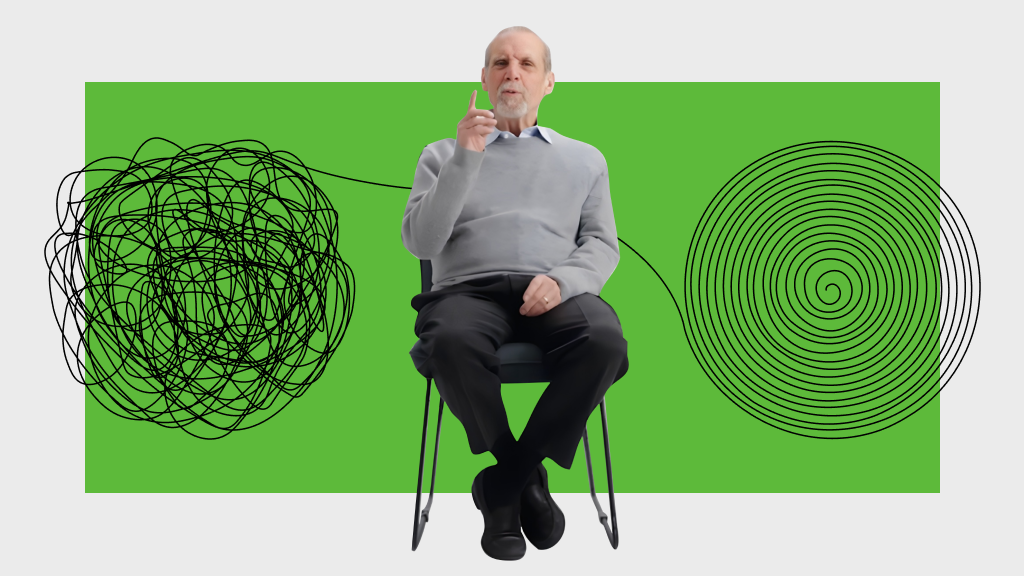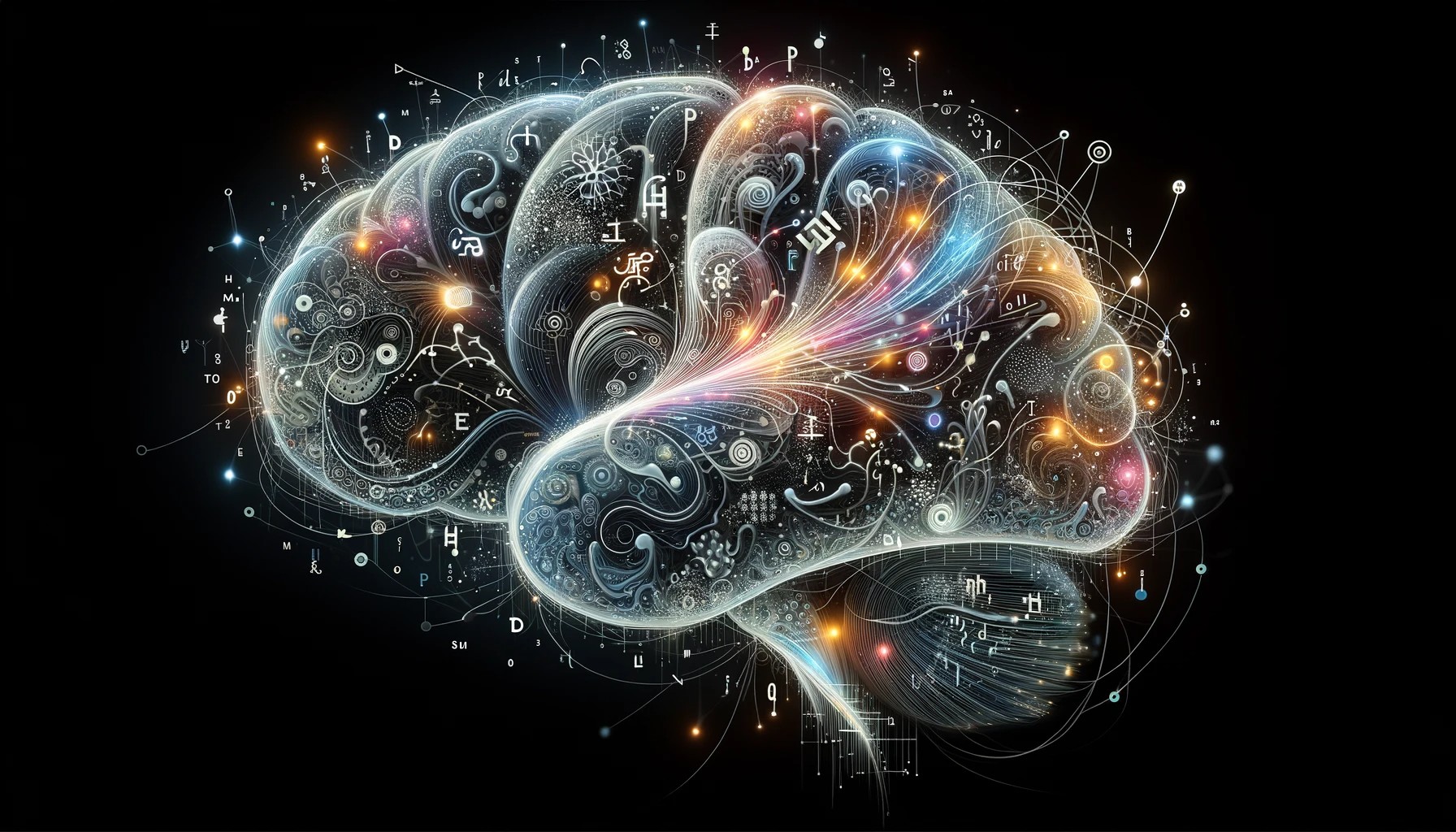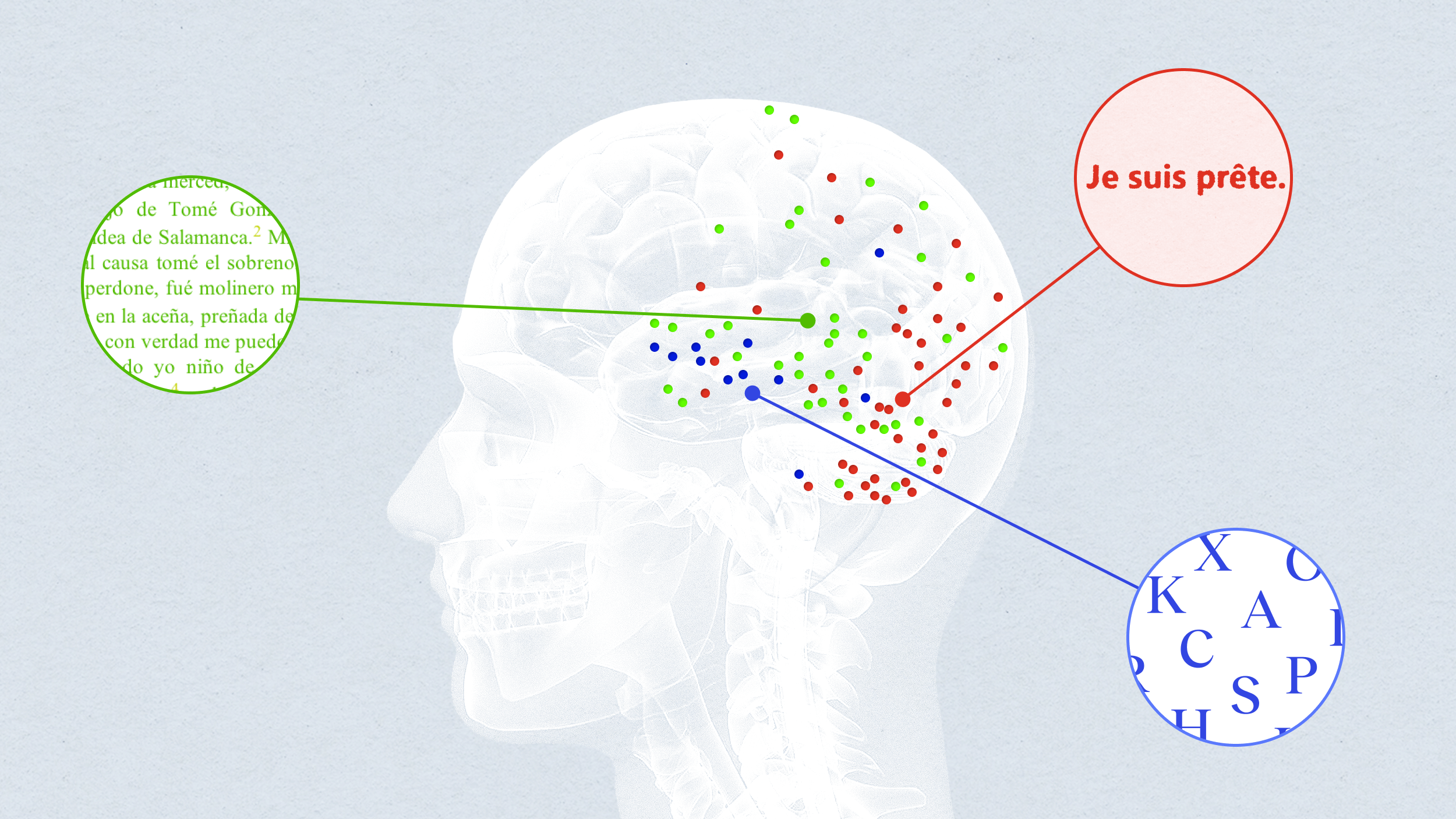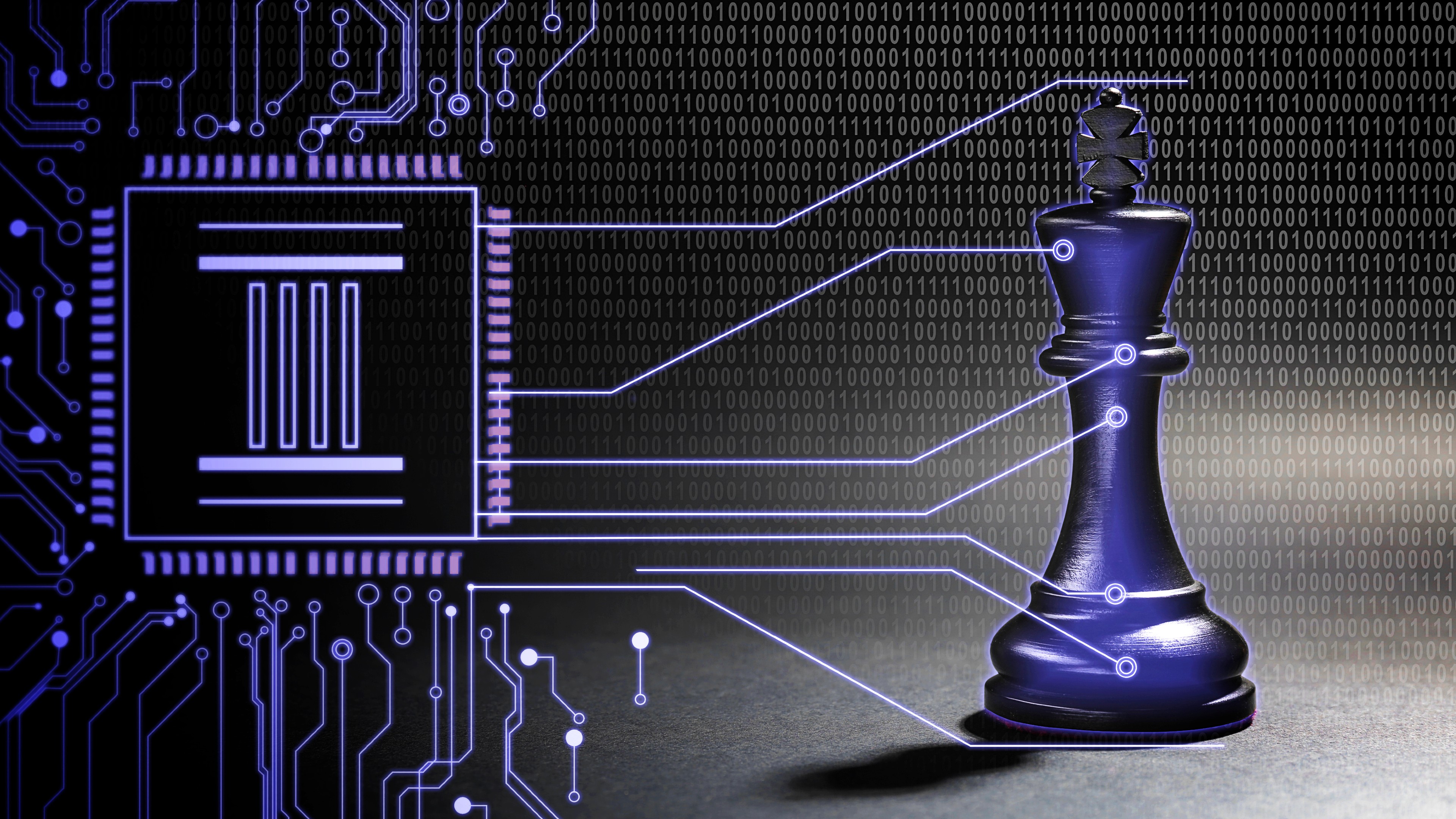How AI will change astronomy, healthcare, and social justice

Artificial intelligence has seen a resurgence of late in the cultural consciousness. Doomsayers worry AI will prove an existential threat to humanity, futurists wonder how we’ll integrate awarealgorithms into our social fabric, and optimists see further develops as the path to unimaginable human prosperity.
But it is often unclear which “AI” is being discussed in any given debate or hot take. The umbrella term can signifyartificial general intelligence, also called “strong AI,” essentially a program that could perform cognitive tasks similar to, or beyond those of, people. It is also completely theoretical and conclusions about it are, at best, guesswork.
The term can also apply to narrow artificial intelligence (a.k.a. weak AI). Unlike general AI, narrow AI focuses its processing and learning power on a highly-specialized task. It is widely used in hardware and software all around us and, on the whole, has been a boon for humanity. For every facial recognition system cracked by a mask, or AI chatterbox that turns pro-Hitler, there is an AI that saves lives, predicts failures, improves efficiency, and reduces environmental waste.
One area where AI is changing human lives for the better is science. Thanks to a combination of strict focus, computational speed, and self-improvement through deep learning, AI can more effectively complete time-consuming tasks, such as sifting through vast amounts of data to recognize patterns. This frees scientists up to put their time and energy toward creative and analytic pursuits or productively implementing their research toward human well-being.
Here are three scientific fields that AI is improving.
Looking toward the stars

Pixabay / Creative Commons
The universe is vast, and the data modern telescopes and satellites can collect are staggering. To help sift through these data, astronomers have turned to artificial intelligence, and the results have been enlightening.
One study used computer simulations of galaxy formations to trained a deep learning algorithm to identify these faraway star clusters. The algorithm learned to recognize three key phases of galaxy evolution, and when shown images taken on the Hubble Space Telescope for the CANDELS project, it was able to successfully identify real galaxies.
Another AI is helping us learn about our own galactic suburb. Trained on Lunar Reconnaissance Orbiter images of the moon, the algorithm analyzed a third of the lunar landscape and discovered 6,000 new lunar craters. And it isn’t just data sifting that has astronomers excited. One team of researchers is using generative adversarial networks — which have been used previously to create convincingly fake faces based on pictures of celebrities – to sharpen the resolution of blurry telescope images.
Currently, the AI has only been tested on low-resolution versions of high-quality originals, but the results have been promisingly accurate. One day the AI could use knowledge of the known universe to fill in the blanks of its farthest reaches to improve astronomical datasets.
An AI a day

Another field with huge amounts of data is medicine. A single patient’s medical history can encompass his or her genetics, family history, environmental impacts, and a lifetime’s worth of disease, operations, and prescriptions. It can be difficult to know the best approach for a single patient, let along a hospital’s worth.
To help, doctors are turning to algorithms to keep track of health records more accurately than current systems. One such advanced algorithm used predictive modeling to evaluate more than 216,000 adult patient hospitalizations to predict unexpected readmissions, long hospital stays, and in-hospital deaths.
AI has also been employed to assist in addiction recovery. Researchers at the University of Southern California created an algorithm that sorted intervention program participants into groups based on social ties and prior history. The algorithm’s goal was to promote positive social connections and reduce “deviancy training” from peers, and it performed significantly better than control strategies for forming such groups.
Social justice algorithms

Artificial intelligence is also working toward social change. Stanford researchers have proposed combining machine learning with satellite data tomap poverty across the world. Traditionally, social scientists had to gather local-level information from a survey, a slow and difficult task for some of the more remote and impoverished regions in the world.
To gather information quicker, researchers taught an AI to search satellite images for the signs of prosperity and poverty (roads, nightlights, urban areas, farmlands, etc.) to determine an area’s wealth. Unlike traditional methods, relying on satellite images means the dataset can be updated frequently, and these maps can be used to better target outreach and resources.
Another team of Standford researchers has implemented AI to measure social change. Analyzing databases of books, newspapers, and other texts, the researchers measured linguistic changes across social shifts. Co-author and history professor Londa Schiebinger said she hopes the project will “allow humanities scholars to go after questions about the evolution of stereotypes and biases at a scale that has never been done before.” One of the algorithm’s findings was an increase in the positive portrayals of women in every decade since the 1960s.
Of course, these three fields are a tiny sampling of the improvements AI has had on science. Materials scientists are using algorithms to find metallic glass faster, neuroscientists are better understanding mammalian brains through virtual nerve cells, paleontologists are combining AI and satellite images to locate fossils more easily, and conservationists are protecting biodiversity by using AI to combat the illegal wildlife trade through social media.
That about wraps it up. If artificial intelligence truly will rise up to destroy humanity, it looks like its strategy is death by kindness.





